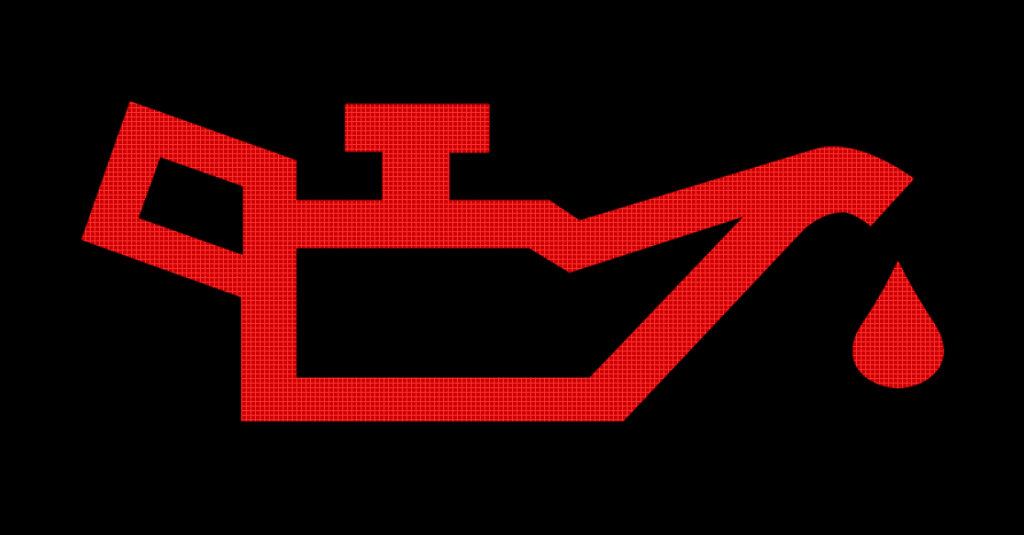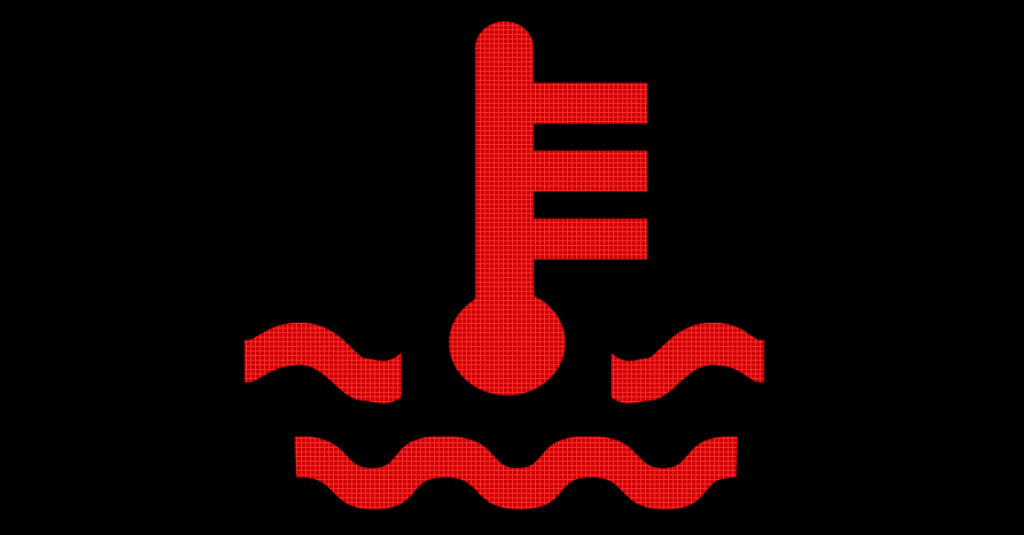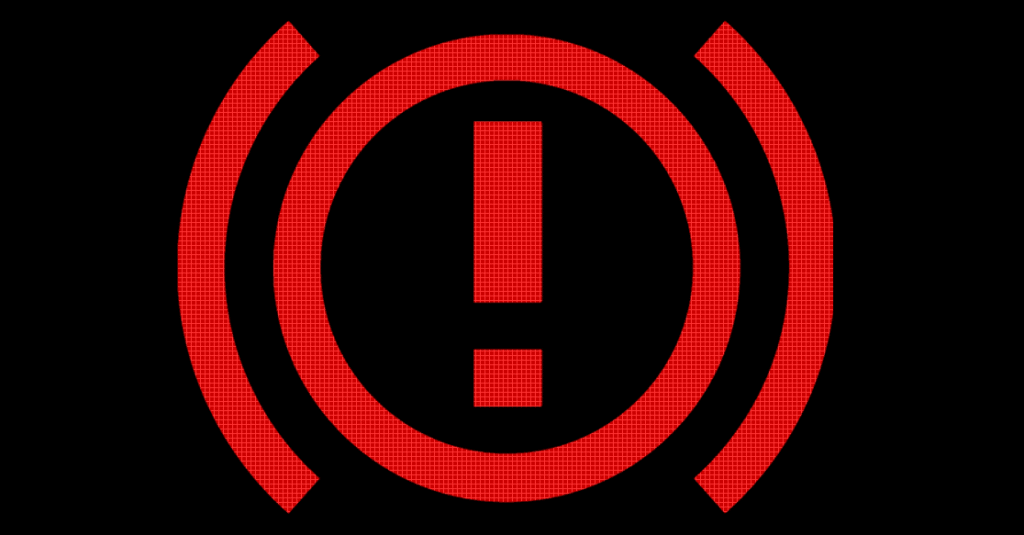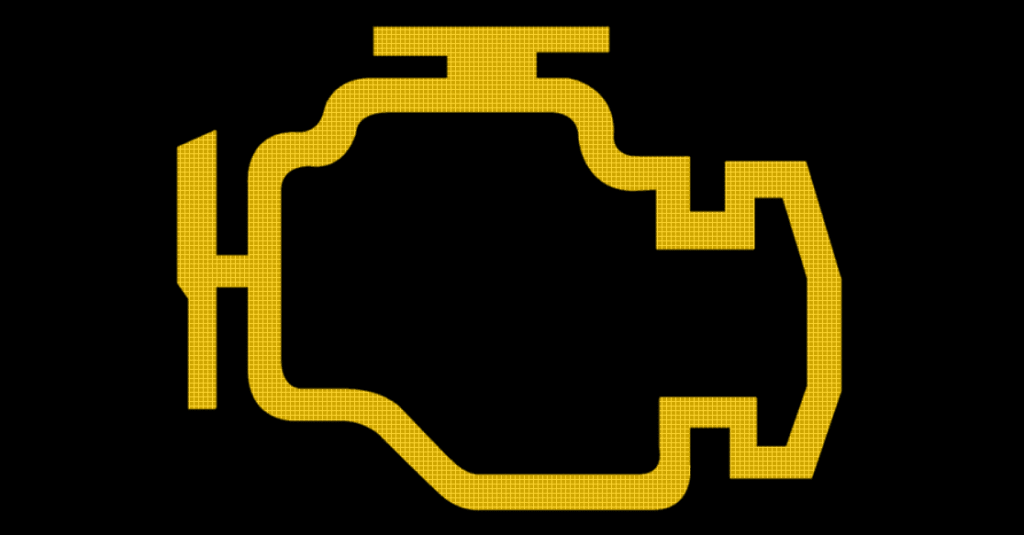Most Serious Warning Lights in a Car Explained
Your car has a warning light colour system that helps you to differentiate the most serious warning lights that require urgent attention, to those that can be dealt with when you have time to do it.
If you’re wondering what the most serious warning lights in a car are, they’ll be illuminated in red. A red warning light will require urgent attention, or may even require you to stop the vehicle and arrange for recovery.
Amber or yellow warning lights can have three possible meanings. Firstly, it may mean that a fault has occurred, but is not urgent and can be dealt with as soon as possible. Or, an amber or yellow light can also come on when one of the car’s systems has been manually switched off, when it’s normally on by default. These are usually safety-based systems. Finally, amber or yellow warning lights are used to alert the driver that vehicle maintenance is due.
Warning lights of any other colour such as green, blue or white are used purely for informational purposes, such as to inform the driver that a system is switched on. Let’s take a look at the most serious warning lights in a car and explain what they mean and what you should do.

Low Oil Pressure Warning Light
The low oil pressure warning light is one of the most serious as it can result in a vehicle breakdown and high repair costs. A car’s engine requires pressure to circulate engine oil so that all the engine components are lubricated.
If the pressure is low, it means that the engine oil may not be properly circulating the engine, therefore not able to lubricate all components. The result of this is metal-on-metal friction which will increase temperatures, ultimately ending in engine seizure. That will be a broken down car and a new engine needed. Even if the engine doesn’t seize, there’s likely to be serious damage.
What to do if the Low Oil Pressure Light Comes on
If driving, you should pull off the road as soon as it’s safe to do so and switch off the engine. The low engine oil pressure light shouldn’t be confused with the low engine oil level light. The low engine oil level light looks very similar, but has a wavy line underneath ![]() .
.
However, very low oil levels can trigger the low oil pressure light, so once stopped, check engine oil levels and top up if necessary. If you added engine oil to the engine, check if the low oil pressure light has gone out. If oil levels were already sufficient, or the light remains lit after adding oil, do not drive the vehicle and arrange to have your car recovered.

Battery / Charge Warning Light
As a bulb check, it’s normal for the battery light to come on with the ignition, but it should go out as soon as the engine is started. If it stays on or comes on while you’re driving, it means your car has a problem with the electrical charging system.
Your car’s alternator charges the battery and distributes electric to the various electrical systems around your vehicle. If the alternator is faulty, it may be giving a low charge, so you may notice electrical accessories not functioning and warning lights coming on due to there being insufficient power for them to operate correctly. If the alternator has completely failed, all electrical power will be pulled from the vehicle’s battery, until the battery’s power is exhausted.
If you happen to have an old car which has far less electrical demands, you’ll continue to drive for longer when compared to power-hungry modern cars. Modern car engines are heavily reliant on electronics and the power demands will drain the battery’s power in no time. Once it does, the engine will likely stall and towing will be required.
What to do if the Battery Light Comes on
If driving and you happen to be close to a vehicle repair workshop, make your way there right away. Turn off any accessories that are not essential as this will reduce energy consumption and may prolong your drive. If it’s not the alternator, it may be the alternator belt that’s loose or broken. If it’s your battery that’s old and failing, it’ll not prevent you from driving (providing your alternator / belt is operational), but you’ll have problems starting the engine, so best not to switch off.

Engine Coolant Warning Light
Another serious red warning light is for your car’s engine coolant. This light will come on if your car’s engine cooling system’s temperature is too high. If the coolant is overheating, it means the engine is overheating which in turn with continued driving can result is serious engine damage.
What to do if the Engine Coolant Light Comes on
If driving, reduce speed and as soon as it’s safe to do so, pull off the road and switch off the engine. One possible reason for overheating is due to low coolant levels, but before checking, you’ll need to wait a good 10 to 15 minutes to allow the coolant in the engine to cool. If the coolant is low, top up with coolant. You should avoid using normal tap or bottled water, but in an emergency you can do this. Once in a position to do so, you should have the coolant system flushed and replaced with the correct levels of antifreeze.
There are several reasons why your car’s engine coolant is overheating including cooling system leak, faulty radiator fan, malfunctioned water pump, or clogged coolant hose. Only continue driving the vehicle if the coolant light goes off.
Some cars have a blue engine coolant light. A blue coolant light is nothing to be concerned about. All it means is that the coolant temperature is not yet up to optimal operating temperatures, but will be once the light goes off.

Brake System Warning Light
You vehicle’s red brake system warning light is another serious warning. On some cars the brake symbol is used to inform the driver that the handbrake or parking brake is on. But if the light remains on even if the handbrake or parking brake is off, then it means urgent attention is required.
What to do if the Brake Light Comes on
First check the your handbrake or electronic parking brake if released. If it is and the light remains on, it can be an indication that your vehicle’s brake fluid levels are low. Brake fluid levels do diminish over time as your brake pads wear down, though generally the brake circuit is sealed so shouldn’t require topping up often.
If you find yourself adding brake fluid frequently, the chances are there’s a leak. This is also made apparent by a spongy brake pedal which requires more forces than normal to stop the vehicle.
If the brake fluid levels are within the accepted range and light is still on, it means you may have a brake system malfunction. This is usually related to your vehicle’s Electronic Brake Force Distribution (EBFD). EBFD is a system that improves braking performance as it can send more brake force to specific wheels that require it the most. If after checking the handbrake / parking brake and fluid levels the light is still lit, avoid driving and have your vehicle’s brake system serviced immediately.

Yellow Engine Warning Light
The engine warning light is often the most feared of all, with drivers worrying about vehicle breakdown and expensive repairs. In terms of the engine warning light being serious, that’s a bit of a misconception as you can usually continue driving and often the repair may be quite simple and not as expensive as feared.
The engine warning light, also called the check engine light or malfunction indicator lamp (MIL) comes on due to a fault being detected by your vehicle’s emissions control system. Strict laws on vehicle emissions means that if something in your engine has malfunctioned that results in deteriorating exhaust emissions, the engine light comes on.
What to do if the Engine Light Comes on
There are several components that if malfunction can cause the engine warning light to come on. Some of the common reasons for the engine warning light coming on can include a fault with the:
- Fuel filler cap
- Mass airflow sensor
- Oxygen sensor
- Vacuum hose
- Fuel injectors
- Fuel pump
- Catalytic converter
- Particulate filter
There’s little point in guessing what part requires replacement, so you’ll need to hook up a diagnostic tool to the vehicle’s OBD-II port. Each time the engine light comes on, a code is generated. These codes are known as fault codes, or trouble codes. A diagnostic tool reads the codes and translate that code into readable information pointing you to the malfunctioning component.
All vehicle workshops have these code readers, or you can purchase your own equipment online. You can continue driving with a yellow engine light, but it’s advised that you have your car looked at as soon as possible. Leaving the fault may make the problem worse, which might lead to more expensive repairs.
Flashing Yellow Engine Warning Light
A flashing yellow engine warning light is a little more urgent. If it’s flashing, it means that the engine is misfiring, which can result in damage to your vehicle’s catalytic converter. If you’re driving and the engine light is flashing, reduce speed of both the vehicle and the engine. Doing this should be enough for the engine light to stop flashing and return to a non-flashing status.
Red Engine Warning Light
Most cars have an amber or yellow engine warning light, but if an engine light comes on and it’s red ![]() , it indicates something serious has gone wrong. As with all warning lights, red represents the most urgent, so have your vehicle checked as soon as possible.
, it indicates something serious has gone wrong. As with all warning lights, red represents the most urgent, so have your vehicle checked as soon as possible.
Other Types of Engine Warning Lights
Other types of engine warning lights may contain an exclamation point ![]() . This is simply a different version of the engine light. Another type of engine light can contain a downwards facing arrow
. This is simply a different version of the engine light. Another type of engine light can contain a downwards facing arrow ![]() . This means that due to a fault, the engine has reduced power. Reduced engine power mode is a software override system to help minimise damage. When the fault has been fixed, normal engine power will resume.
. This means that due to a fault, the engine has reduced power. Reduced engine power mode is a software override system to help minimise damage. When the fault has been fixed, normal engine power will resume.
